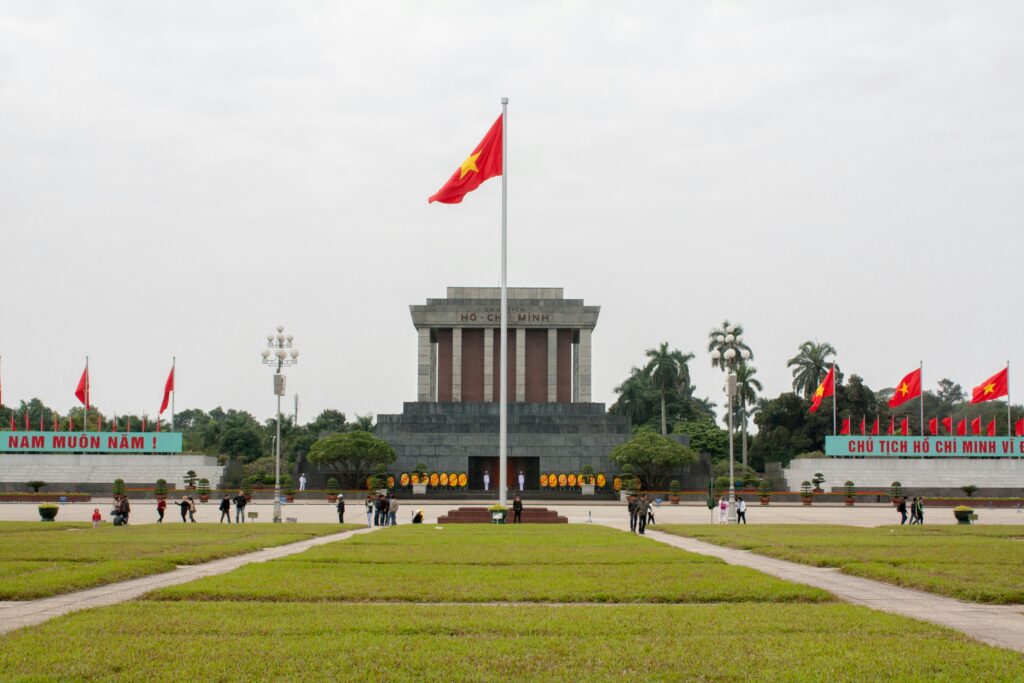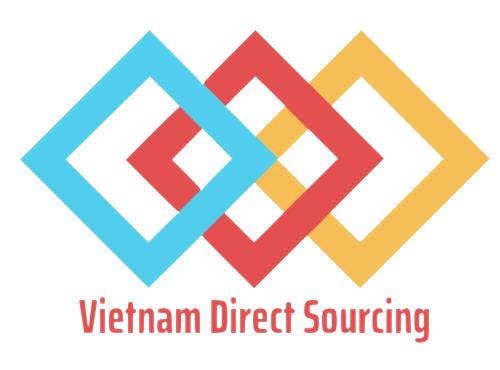





The Rise of Nearshoring to Southeast Asia: Vietnam’s Emerging Role in Global Supply Chains

As global supply chains face increasing pressure from geopolitical tensions, rising costs, and the need for agility, businesses are increasingly turning to Southeast Asia as a strategic sourcing destination. Countries like Vietnam have emerged as leading hubs for global sourcing, offering businesses a cost-effective alternative to China. This shift, known as nearshoring, has accelerated in 2024 due to several key factors that we will explore in this article.
Why Vietnam Is Gaining Popularity in Global Sourcing
Vietnam’s rise as a global sourcing hub is due to its competitive manufacturing costs, skilled workforce, and robust supply chain management infrastructure. Companies looking to lower production expenses while maintaining high-quality standards are increasingly turning to Vietnam manufacturing as a cost-effective solution. The country offers several advantages for businesses, including its favorable labor costs, strategic location in Southeast Asia, and access to important trade agreements like the Comprehensive and Progressive Agreement for Trans-Pacific Partnership (CPTPP) and the EU-Vietnam Free Trade Agreement (EVFTA).
As global businesses seek to diversify away from traditional manufacturing hubs like China, nearshoring to Vietnam has become a popular alternative. By shifting production to Vietnam, companies can reduce exposure to rising tariffs and geopolitical risks, while still accessing a highly skilled workforce and benefiting from global sourcing advantages.
Geopolitical Shifts Fueling the Need for Nearshoring to Vietnam
Geopolitical tensions, particularly the U.S.-China trade conflict, the Russia-Ukraine war, and the volatility in global trade, have led many companies to reconsider their global sourcing strategies. Vietnam supply chain solutions are increasingly seen as a viable alternative to Chinese manufacturing. Nearshoring to Vietnam enables companies to minimize exposure to trade barriers and tariffs while still maintaining a competitive edge in manufacturing costs.
In response to these global challenges, businesses are diversifying their supply chains to avoid the risks of relying too heavily on any single country. Nearshoring to Vietnam helps mitigate geopolitical risks and provides an opportunity for businesses to build more resilient and flexible supply chains. By positioning manufacturing operations in Vietnam, companies can better adapt to changing market conditions and safeguard their supply chain management processes.
Explore how the ‘China +1’ strategy can help your business avoid disruptions in ‘China + 1’ Strategy: Secure Your Supply Chain Before the Next Disruption.
Vietnam’s Strategic Location and Skilled Workforce
One of the greatest advantages of nearshoring to Vietnam is the country’s strategic location within the ASEAN region. Vietnam is well-positioned near key global markets like China, Japan, South Korea, and other ASEAN countries. This proximity reduces shipping times, lowers transportation costs, and enables businesses to deliver goods more quickly to international markets. For companies engaged in global sourcing, Vietnam supply chain solutions provide logistical advantages that streamline the movement of goods and improve operational efficiency.
In addition to its favorable geographical position, Vietnam’s manufacturing is supported by a young, highly skilled workforce. The government’s commitment to improving education and vocational training ensures a constant supply of talent, which is crucial for meeting global demand for high-quality products. As businesses seek to enhance their supply chain management, the availability of skilled labor in Vietnam makes it an attractive option for scaling operations and maintaining competitive pricing.
Overcoming Challenges to Nearshoring in Vietnam
While nearshoring to Vietnam offers significant benefits, businesses must also consider some of the challenges that come with operating in an emerging market. Infrastructure gaps, such as transportation network limitations and energy supply concerns, can affect the speed of industrial development. However, the Vietnamese government has made substantial investments in modernizing the country’s infrastructure, including improving logistics networks, port facilities, and transportation systems. These investments are aimed at addressing these challenges and further enhancing Vietnam’s supply chain capabilities.
As the country’s manufacturing sector grows, competition for skilled labor has also intensified. Despite this, Vietnam’s focus on upskilling its workforce through various education initiatives helps ensure that companies can continue to access the talent they need to maintain high standards in supply chain management and production.
The Future of Vietnam in Global Supply Chains
Looking ahead, Vietnam supply chain solutions will continue to play a critical role in global supply chain management strategies. As businesses explore nearshoring options to diversify their production bases, Vietnam’s manufacturing sector is well-positioned to meet the demand for cost-effective and reliable sourcing solutions. The combination of competitive manufacturing costs, a skilled workforce, and a strategic location makes Vietnam a strong contender in the global marketplace.
For companies seeking to streamline their global sourcing strategies and optimize supply chain management, nearshoring to Vietnam offers numerous advantages, from cost savings to reduced geopolitical risks. Whether you’re a small business or a large multinational, Vietnam presents an ideal solution for businesses looking to future-proof their operations and enhance their supply chains.
Conclusion: Vietnam as the Ideal Nearshoring Destination
As global businesses continue to face challenges such as rising manufacturing costs, geopolitical instability, and the need for more agile supply chains, Vietnam supply chain solutions are proving to be a game-changer. With its competitive manufacturing costs, skilled workforce, strategic location, and favorable trade agreements, nearshoring to Vietnam is an attractive option for companies looking to optimize their global sourcing strategies and improve their overall supply chain management.
By choosing Vietnam manufacturing, businesses can reduce risks, lower costs, and improve operational efficiency. Whether you’re looking to enhance your supply chain management or take advantage of Vietnam’s advantages for global sourcing, the country offers a wealth of opportunities for companies looking to succeed in 2024 and beyond.
Partnering with experienced sourcing companies like Vietnam Direct Sourcing can help businesses navigate these changes and successfully tap into the potential of Vietnam’s supply chain ecosystem, ensuring long-term growth and success.
Ready to get started? Vietnam Direct Sourcing is here to help. With local expertise and a trusted network of suppliers, we’ll make sure your sourcing journey is as smooth as possible.
Learn more about this topic on our podcast!
Want to dive deeper into this subject? Check out our latest podcast on this subject on Spotify, where we explore this topic and so much more! Whether you're on the go or relaxing at home, tune in for insights, tips, and discussions that bring our blog topics to life.


Leave a comment
Your email address will not be published. Required fields are marked *